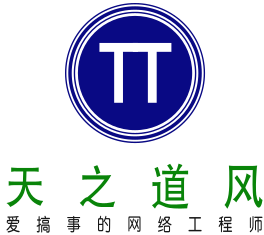Mojolicious模板渲染(八)
一、布局
大多数情况下,当使用ep模板时,我们通过布局将生成的内容包装在HTML框架中。
use Mojolicious::Lite;
get '/' => {template => 'foo/bar'};
app->start;
__DATA__
@@ foo/bar.html.ep
% layout 'mylayout';
#这是声明使用特定的模板
Hello World!
@@ layouts/mylayout.html.ep
#这是模板
<!DOCTYPE html>
<html>
<head><title>MyApp</title></head>
<body><%= content %></body>
#这是模板中默认的代码块存放区域
</html>如上例所示,我们仅需要调用Mojolicious::Plugin::DefaultHelpers的layout helper来选择合适的模板,Mojolicious::Plugin::DefaultHelpers的content helper将会显示用于结果的展示工作。
layout helper中我们可以使用stash关键字的传递变量:
use Mojolicious::Lite;
get '/' => {template => 'foo/bar'};
app->start;
__DATA__
@@ foo/bar.html.ep
% layout 'mylayout', title => 'Hi there';
Hello World!
@@ layouts/mylayout.html.ep
<!DOCTYPE html>
<html>
<head><title><%= $title %></title></head>
<body><%= content %></body>
</html>我们也可以不在模板中调用helper,使用stash关键字layout,或者在Mojolicious::Controller的render方法中使用layout参数:
$c->render(template => 'mytemplate', layout => 'mylayout');如果我们的大多数模板都会使用同一个模板,可以把此模板设置为默认值:
$app->defaults(layout => 'mylayout');Mojolicious::Controller中的render_to_string方法可以使用布局,仅需要使用layout参数:
my $html = $c->render_to_string('reminder', layout => 'mail');


